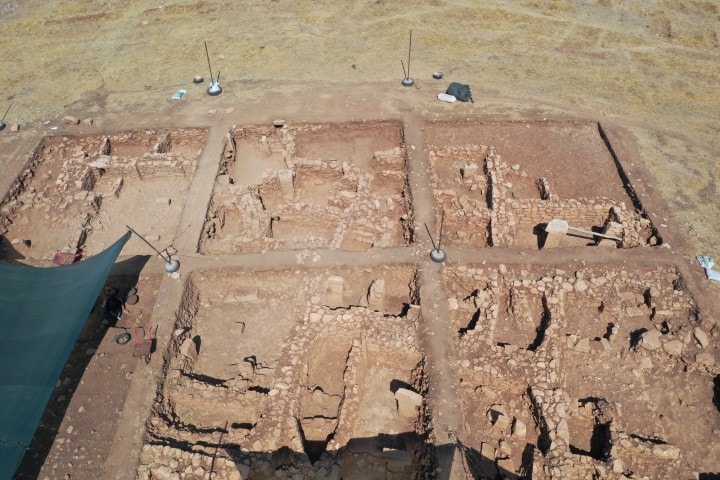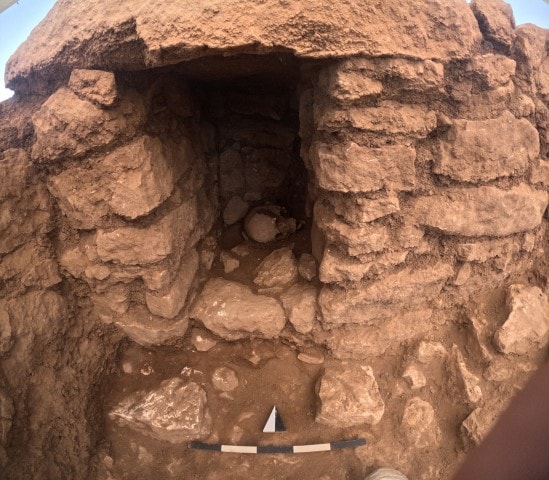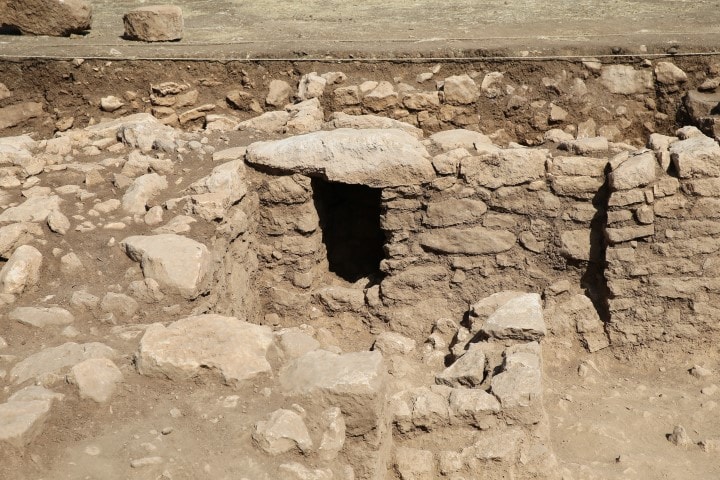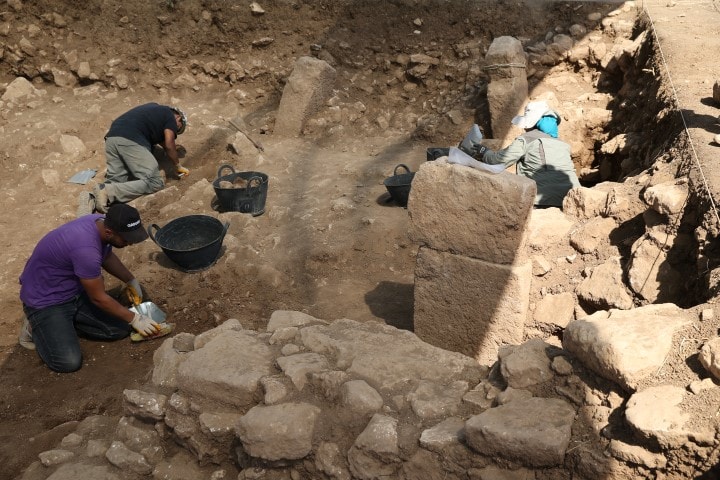
Neolithic human skull found in a niche at Sefertepe provides new insights into burial customs
The Neolithic human skull discovered during the ongoing archaeological excavations at Sefertepe within the scope of the Stone Hills Project (Turkish: Taş Tepeler Projesi) provides new information about burial traditions.
Sefertepe is an important settlement from the Pottery-Free Neolithic Period located in the Viranşehir district of Şanlıurfa in southeastern Türkiye.
Sefertepe provides important information about the daily life, social structure and belief system of the Neolithic Age.

A skull was found in a niche (a space left in the wall) in a private building during excavations led by Assoc. Prof. Dr. Emre Güldoğan, a faculty member at Istanbul University Faculty of Letters, Department of Archaeology, Department of Prehistoric Archaeology. All but the lower jaw of the skull found on the stones in the niche was uncovered.
📣 Our WhatsApp channel is now LIVE! Stay up-to-date with the latest news and updates, just click here to follow us on WhatsApp and never miss a thing!!

Assoc. Prof. Dr. Emre Güldoğan said, “We found a skull lying on its side in a niche. This find, which is unprecedented and shows a new stage especially in terms of burial rituals, is very important in terms of understanding the process applied on skeletons in the Neolithic Age.”

Some skeletal fragments and skulls recovered from the Karahan and Sayburç sites showed signs of cutting. However, there were big question marks as to how the skull was treated. The skull found in this niche in Sefertepe is expected to fill a big gap in understanding this process.

Güldoğan said, “In general, all of the burials here are secondary burials. This means the following. After the dead is left to decompose somewhere, the bones are separated after this process and brought back to the settlement. Various procedures such as various applications, cuts or burns are carried out in the settlement. Until today, we have come across examples of these cuts or burns, but the skull in the niche we found is also important in terms of showing that the skull was exhibited in a special area before these processes began.”
Cover Photo: AA
You may also like
- A 1700-year-old statue of Pan unearthed during the excavations at Polyeuktos in İstanbul
- The granary was found in the ancient city of Sebaste, founded by the first Roman emperor Augustus
- Donalar Kale Kapı Rock Tomb or Donalar Rock Tomb
- Theater emerges as works continue in ancient city of Perinthos
- Urartian King Argishti’s bronze shield revealed the name of an unknown country
- The religious center of Lycia, the ancient city of Letoon
- Who were the Luwians?
- A new study brings a fresh perspective on the Anatolian origin of the Indo-European languages
- Perhaps the oldest thermal treatment center in the world, which has been in continuous use for 2000 years -Basilica Therma Roman Bath or King’s Daughter-
- The largest synagogue of the ancient world, located in the ancient city of Sardis, is being restored











Leave a Reply